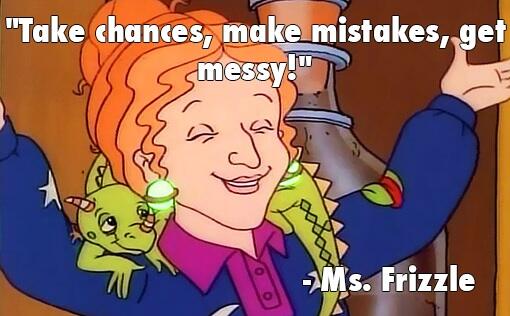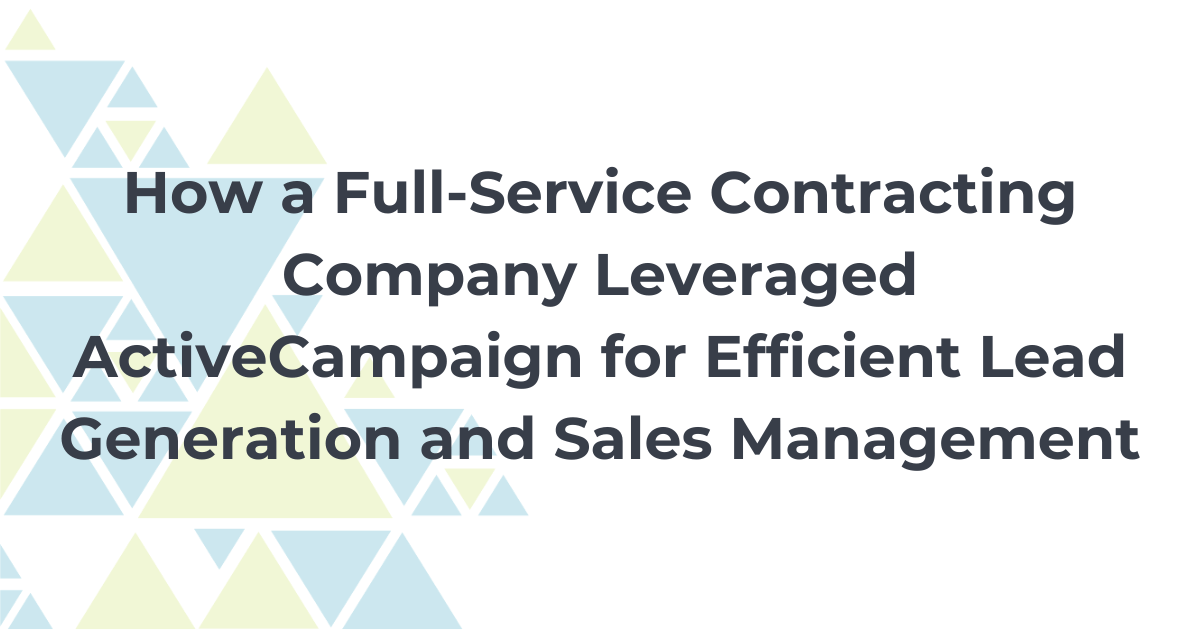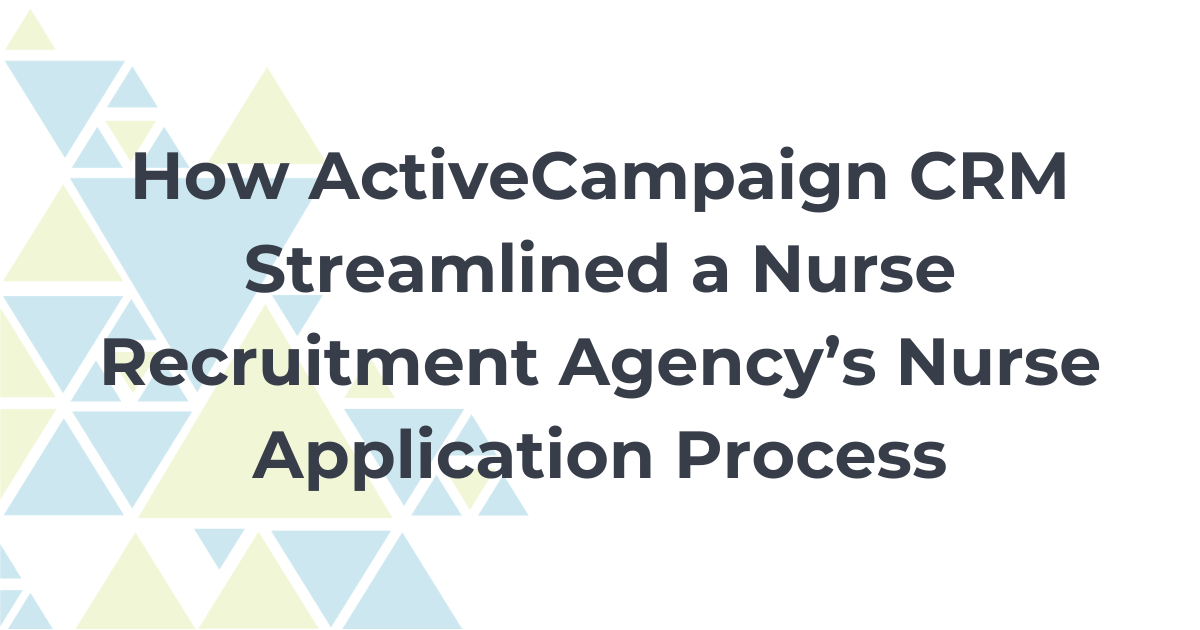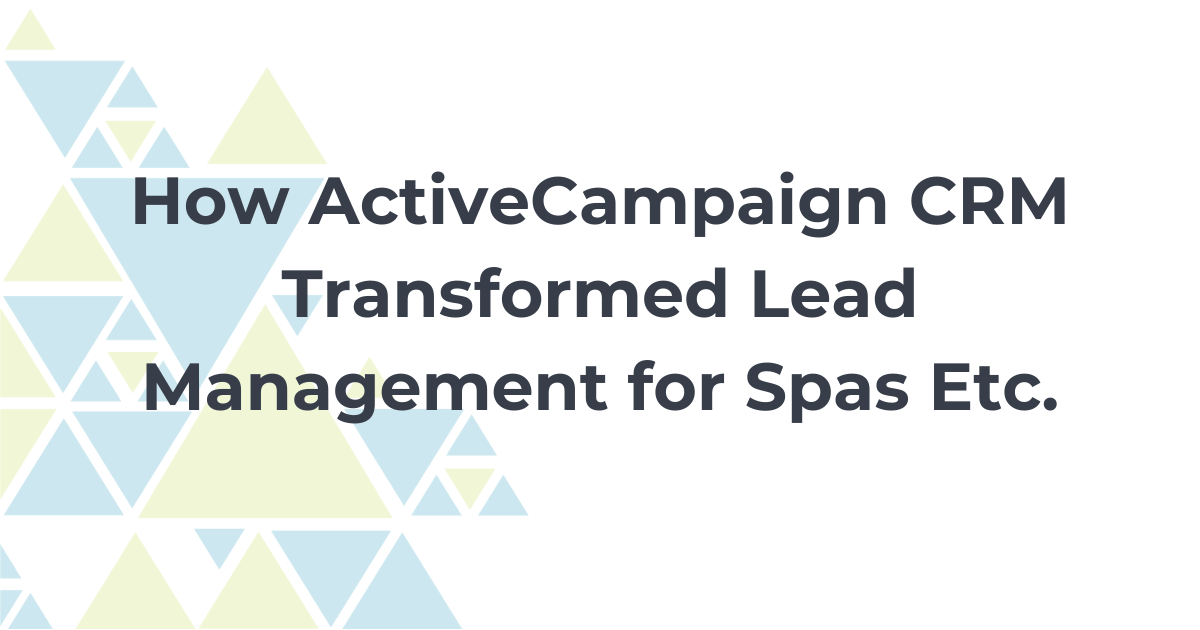It can be so exciting to learn new information–whether it’s from a piece of training or life experience. Exploring new ideas and concepts can be a lot of fun–especially without the pressure of needing to act on the information you’ve received immediately.
But, what if you were put on the spot to do something where you had no time to prepare?
By the end of this blog post, you’ll understand the importance of preparation and practice in helping your audience to be more efficient learners.
Lights, Camera…Action?
Imagine that you’ve been the faithful assistant of a world-class speaker, like Oprah Winfrey. You make sure Oprah’s speaking engagements go smoothly and seamlessly.
Every little detail is taken care of for her. You have her notes ready for when she needs them. You have her favorite water always on hand. Her hair and makeup are always flawless. Whatever she needs, you’re able to conjure up for her, like you’re her personal genie.
You may as well be Oprah’s shadow because you have worked with her for so long, you know her speeches and talks inside out, backward, forwards, and sideways. After all, she primarily practices her speeches in front of you.
But one day, Oprah has come down with a horrible case of laryngitis, one that hot tea and honey can’t seem to cure.
She puts her hand on your shoulder and looks you in the eye.
“Friend, can you do this speech for me?” Oprah’s voice is strained to almost a whisper.
You can feel the weight of her hand on your shoulder and the weight of her question. Your mind can’t even compute what she has just asked of you.
You, speak in place of OPRAH?
Is she crazy? Has the sickness gone to her head?
You try to stammer out a response, but no words are coming out.
“I know, I know, you think you’re not ready, but you are. Who knows this speech as much as, or even better, than I do?”
You feebly point to yourself.
“Yes, that’s right. You’ve seen me do this a thousand times! It’s not a big deal,” she said throwing up her hands like it was no big deal.
But it was a big deal to you! You feel sick to your stomach with anxiety. You wish the floor would open up and swallow you so you could avoid this moment. Your hands start to get clammy as your heart starts to race and your breathing quickens and becomes more shallow.
“You alright?” Oprah asks you with concern. “You look worse than me!” She throws back her head and lets out a classic Oprah laugh, albeit a hoarse and whispered one.
It’s one thing to know Oprah’s material well, and even how Oprah delivers her talks. And what a wonderful opportunity to speak in place of Oprah Winfrey! It’d be so hard to pass this up. You don’t want to let her down, either.
But it’s entirely another thing to do what Oprah does–without any practice.
A Review of the Nine Events of Instruction
If you have been following this blog series, then you know that we’ve been going through Robert Gagné’s nine events of instruction, which help people to learn the material more efficiently.
So here’s a quick review:
- The first event: Grab your audience’s attention.
- The second event: Paint the big picture of where you’re headed with your content.
- The third event: Create bridges between previously learned and new knowledge through memory recall.
- The fourth event: Provide your content.
- The fifth event: Guide your audience through your content.
So now, we’re onto the sixth event: practice.
Practice Makes Perfect
We all know the adage “practice makes perfect”–and we’ve all experienced the benefits of practice with everyday activities such as learning how to hold a pencil and writing, learning how to drive, or learning how to put on a diaper correctly.
And we know that with practice comes with mistakes and failures. No matter how you may feel about getting it wrong–whether you’re completely OK with the messiness of the process, or you agonize over every little mistake–you probably know that it’s through failure that we learn from our mistakes.
“Learning something new means being clumsy at it initially, making mistakes, course-correcting, and trying again. It’s uncomfortable. And even when we know the skill is valuable, it often makes our work more difficult at first, causing many leaders to stop trying new things and revert to old habits.” (Long 2016)

So how can you make sure that your audience is learning and has space and freedom to make mistakes as they go without any significant repercussions?
You need to create the space for it.
Safe Spaces to Fail

When I was a gymnast, and when we weren’t competing at meets, we were practicing. Practice sessions were not scored unless we had a practice meet. The more you practiced and worked on your problem spots, the more likely you were going to stick to your event and have a great meet.
We were able to practice and work out the kinks of our routines–without an audience, without judges, without scores. It was just us, the safety mats, and our coaches.
We had the freedom to fail. Our coaches spotted us to give us confidence, and we had mats in case we fell. This freedom helped us not only to improve our technique, but it also enabled us to be unafraid to try new routines or moves.
When I was in grad school, I had some practice times that had higher stakes but was still supported to succeed.
We had to run real performance analyses on a real company, but during each phase of the project, we had peer reviews along with instructor feedback and assistance before we moved ahead. Again, I had the chance to try something new, but have a safe scenario in which to make mistakes and recover from them.
So in the gym and the classroom, I experienced how having a safe space to practice helped me to learn. I could try, I could make mistakes, and then I could learn from where I went wrong and grew.
If fact, it had the room to practice and to make mistakes, that allowed me to succeed. Because without the ability to mess up, I probably wouldn’t have figured out how to do things correctly.
Three Ways to Help Participants Effectively Interact with New Knowledge
First, you will need to determine what the “real world” experiences of your students are going to look like, before designing practice scenarios.
Once you know this, you can try any (or all!) of the following approaches to help your participants practice:
1. Design a project where learners will need to apply their new knowledge and skills. This can be a sort of “mini” project based on what they will do with your information in the real world or an actual example. All the participants to share their projects with each other and open the dialogue for discussion and feedback.
2. Work through a simulation where learners have to walk through a process or procedure without the real-life repercussions of doing something incorrectly. This can be done through a conversation, walk-through event, choose your own adventure guide book, or even a computer or software-based simulation. Allow the participants to self-critique as well as open it to all the participants for dialogue and feedback.
3. Provide teach-back opportunities for learners to explain their new knowledge and skills to peers to confirm learning comprehension by sequencing and designing their examples. Teaching back is a great way to find knowledge and skill gaps, and where you think you know something, but actually don’t! It is fun for the instructor and peers to ask questions and dialogue with the facilitator.
Empowering Your Audience to Succeed
Teaching, training, delivering content to your audience isn’t a one-time event. You don’t want to just give a huge info dump of information and then cut and run after that. Your audience will have no idea what to do.
They will feel stuck, disempowered, confused, and maybe a little angry at you for leaving them in the middle of your lesson.
Teaching is an ongoing, supportive process. Learning is also a process that requires time, dedication, and lots, and lots of practice!
Leaving your audience high and dry will erode any bit of confidence they had in learning your material.
So what you want to do instead is to build upon successes. And that’s much easier to do in a practice space than if there’s a high-stakes test or performance.

What we want for our people is a sense of readiness, real confidence, an authentic feeling of empowerment–so that they can not only learn what you’re presenting but that they can take action on the information.
By creating a space where the fear of failure is no longer a factor, you have participants who are eager to learn and to tackle whatever you’ve put in front of them. They will be emboldened to give it a try, instead of holding back.
Learning, ultimately, is an active process. If your audience is not engaged and overwhelmed by the amount of information you provide, then you must at least create a space for them to try things out without any fear of embarrassment or shame.
How have dealt with the fear of failure while learning something? Have you encountered some resistance to trying new things with your audience? Are you stuck on how to create safe spaces for your audience to practice what they’ve learned? I’d love to hear about your experiences in the comments below.



